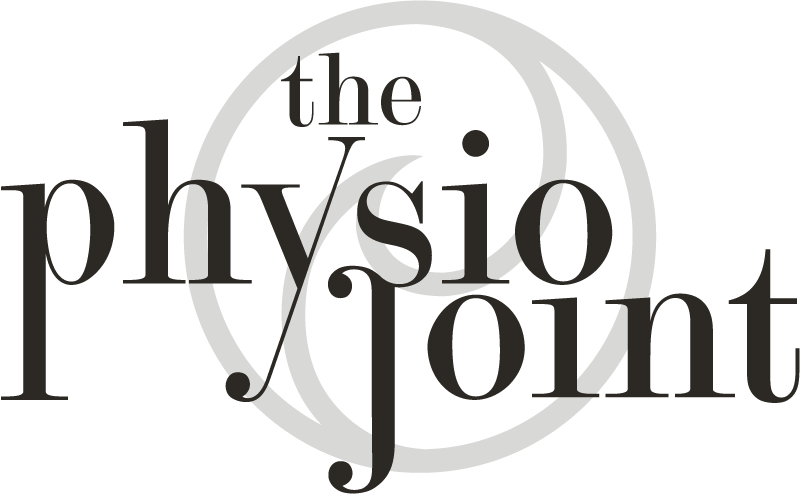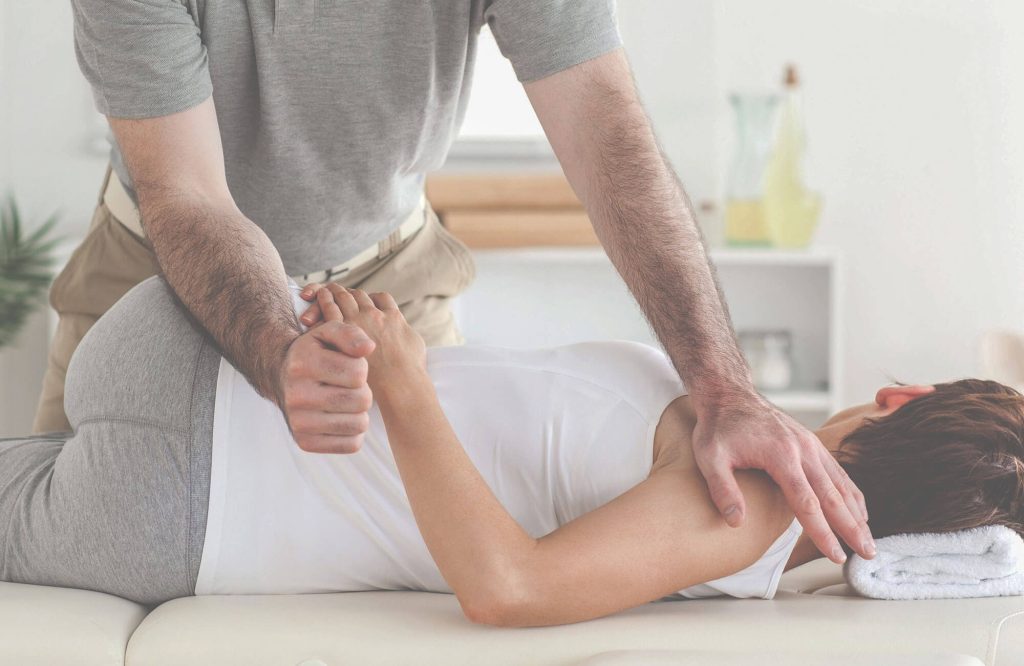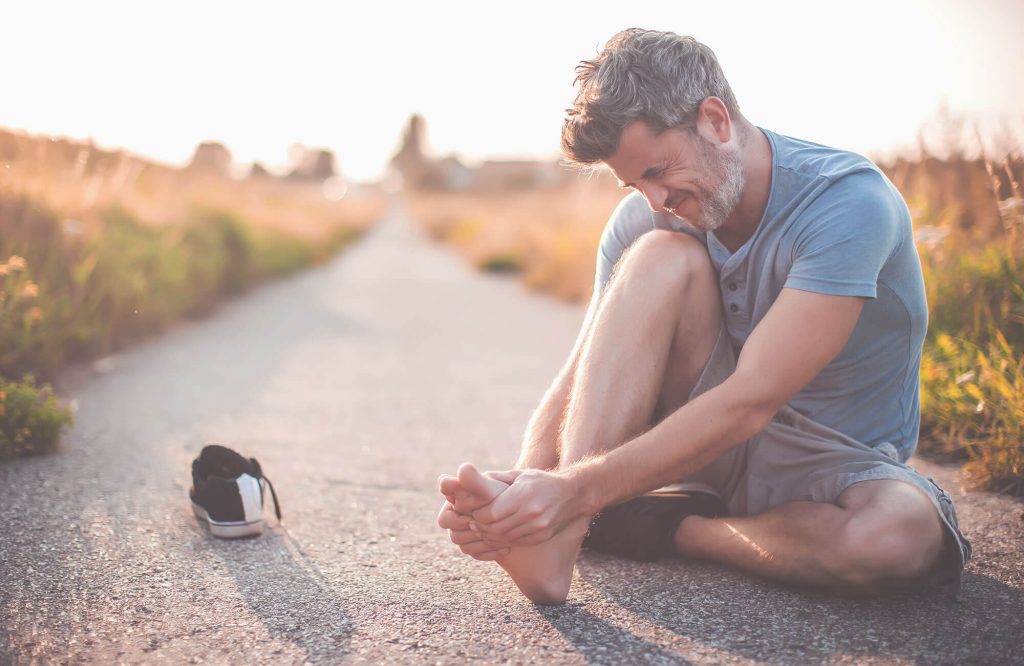Running is one of the best aerobic forms of exercise that people should trying to incorporate into their lives. However, there can be problems that arise from it.
Injuries can occur due to poor loading tolerance and technique and overloading. When you are running or when you are trying to improve your running form, there are 3 main components that must be addresses:
1. Hip extension
Unfortunately, when running there can be a lot of hip and knee issues. This can be attributable to minimal/no use of the glute muscles, particular during the push-off phase.
When there is inadequate use of the gluteal muscles to initially push-off from stance phase the runner can experience knee pain as a result of overuse of the quadricep muscles.
As the leading foot propels forward and strikes the ground, it needs to effectively straighten out and “push the toad back” by extending the hip and activating the gluteal muscles.
2. Hip flexion
When a patient appears with a “shuffling” gait, there is usually a lack of hip flexion when the knee is driving through during running.
Furthermore, your step rate can increase, and subsequently the flight time is decreased. This will cause unwanted stress on tissues and structures through the hip and knee, leading to potential problems.
Hip flexion (knee drive) is imperative during the swing phase of running gait. The aim is to bring the knee to 60-90 degrees with the alternate leg moving into hip extension (pushing the road away).
More effectively, a greater distance per step is achieved, the surrounding muscles are used efficiently, and your running technique is improved.
3. Reducing hip adduction
When watching people run, there are cases when the knees are brushing against each other. There can be multiple anatomical reasons for this occurrence, muscle imbalances through the hip region or a lack of global control through the lower limb.
The Gluteus Medius is a key muscle that is heavily involved in keeping the knee and pelvis correctly aligned and level. This smaller muscle is involved in making sure the knee does not drop into the mid-line, as well as making sure that the pelvis stays nice and level, thus important in lower limb control. On the other hand, Gluteus Maximus is more involved mainly in the push-off phase of running.
If the muscle strength is not adequate, it can increase the stress on the knee as well as the hip when running.
If you believe this relates to you, don’t hesitate to book now with one of our physiotherapists.




